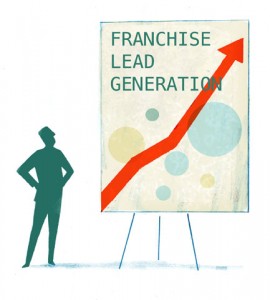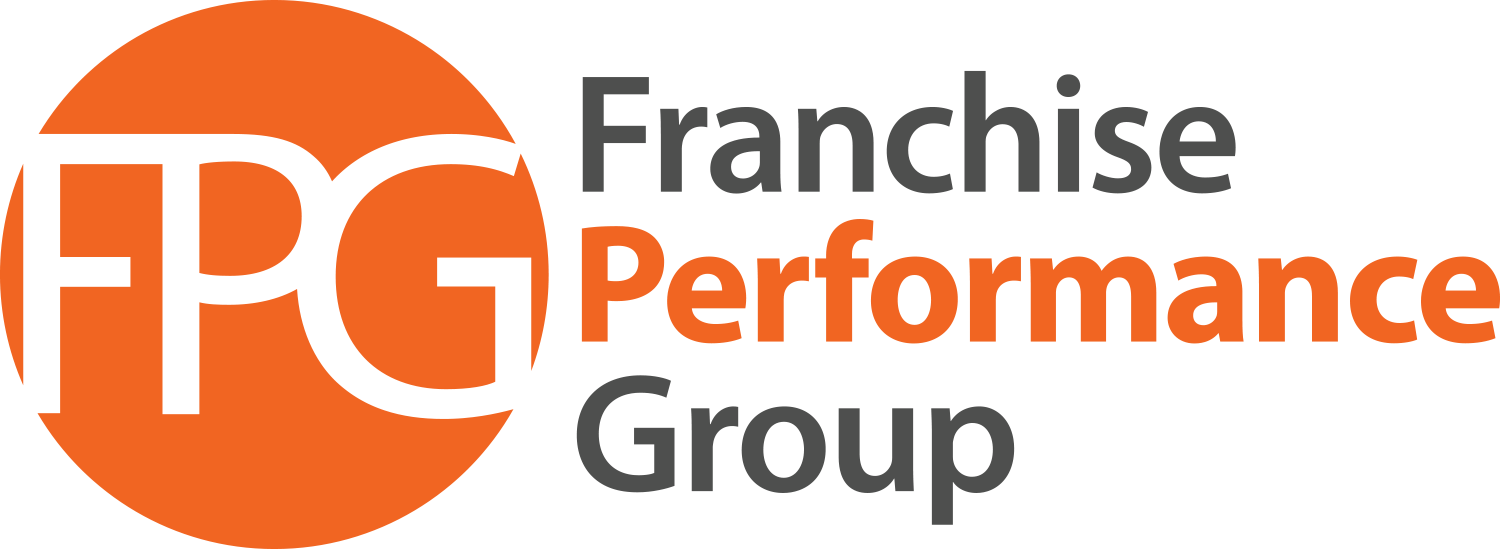Focus on recruiting franchise buyers instead. Here’s how.
Franchise lead generation is a mistake.
You might think, “Wow, a mistake? I’m spending upwards of $250,000 a year to generate interest in my franchise opportunity.”
That’s true. Companies across franchising typically spend $200,000, $240,000 or $250,000 a year to generate leads. In fact, the average advertising spend for each franchisee recruited in the past few years has been right around $10,000. Companies that lack skilled recruiters, however, can easily spend twice that amount, and new companies or those with poor validation may spend three or four times that much. Almost all of that money is spent to generate interest in your brand and earn conversations for you.
So if you’re a franchise development person, how many leads does it really take to generate a single franchisee? We ask that question in a lot of our training sessions, and we get a range of answers: one in 80, one in 100, one in 250, one in 300 inquiries — that’s a very large number.
The truth is, it only takes one lead to sell one franchise and recruit one top-performing franchisee.
That’s why we like to say you really should be in the buyer generation business. Lead generation is a mistake because if you’re only generating leads, you may not be doing what you need to do to recruit successful franchise owners. Franchise buyers — the people who actually buy, who have the money or who qualify, who are passionate about your business, who will take the business and follow the system to success — have very different online behavior than people who just fill out a form or casually request information.
Because they’re different, you should take a very different marketing approach — beginning with your website — than you would if you’re just trying to generate a large number of leads and hoping to close one in 100, or one in 250.
How Buyers and Leads are different
We track IP addresses on all of our websites, and we understand the behavior patterns that buyers use online. It’s fascinating. We find that there are three distinct groups of people who use your franchise website. There are visitors, who come and don’t fill a lead form out. There are leads, people who fill out forms or call a salesperson but don’t buy.
Then there are buyers — people who sign an agreement, pay money and become franchisees. Their behavior on your franchise website, and on all online strategies, is very, very different.
Buyers spend an immense amount of time reading your website — about 50 minutes, on average, and reads a substantial 30-35 pages of information. That goes against the conventional wisdom that people are in a hurry, that they don’t have time to read information. We have found, though, from years of doing buyer generation and helping brands create breakthroughs is that real franchise buyers read everything you publish because they have a very large appetite for very specific information. That has real implications for how you design your website. It has implications for the copy you put on your franchise portal page and for where you spend your marketing and advertising dollars. Marketing and advertising geared toward attracting buyers is very different from that with the aim of lead generation.

If you really want to be in the buyer generation business, one thing you have to do is have an article-format website with at least 30 or 40, sometimes even 50 pages of content — because that’s what people need and want when they’re trying to wrap their mind around whether your franchise opportunity is the one to buy.
Another key thing is the ability to drive traffic to your franchise website, in your marketing strategy and budget — and not just from your consumer website. You have to include things like paid search portal strategies, email campaigns, PR campaigns, online content article placement and lots and lots of SEO — a whole wide range of tactics and strategies to drive people to it.
Think about it as leaving a bunch of bread crumbs online, sprinkling them in all the places people might look for your franchise opportunity. Today that means they’re looking on their smartphone, on their tablet, on their desktop. You leave those bread crumbs so that no matter how they search, whichever language they use in the questions they ask, they can immediately get to your website. Then once they’re there, you have to do a good job of satisfying their appetite. That’s the key difference in buyer generation and lead generation.
The mistake people make often in buyer generation is that they only want to whet the potential buyer’s appetite, to tease them into getting them to fill out a form on their website. This is often because franchise recruiters fear they won’t have anything left to say if they put too much information out there. But that’s a failed strategy. We see over and over for brands that we do analytics on, that there’s no basis for that fear.
When you publish a lot of content that’s relevant to what people want to know, you often get more readers and more candidates who go further in the process.
Your recruiting website today actually takes the place of the first conversation between the salesperson and the candidate. That makes salespeople very uncomfortable and recruiters squirm in their seats, but it’s the truth. People make a large percentage of their decision to buy based on what they read — way before they ever opt in or talk to the salespeople. Your salespeople really have been fired from that first conversation.
The content on your franchise recruitment website, then, is crucial. And if you hire a copywriter or an advertising firm or a marketing agency to write that copy, chances are they’re going to screw it up. Buyers don’t want ad copy or marketing blather. They want the kind of stories you’d read in a business newspaper, maybe the “Wall Street Journal.” They want journalistic, conversational, factual and interesting.
Storytelling, particularly in a journalistic style, is a very specific and powerful skill. When they’re reading a well-told story on your buyer recruitment website, candidates don’t realize it’s selling them on your franchise. They just think that it’s interesting, and they can relate to the content.
We’ve worked with quite a few brands in the crowded carpet cleaning franchise industry, so let’s take that as an example. Say you’re shopping for a franchise and you see these two stories:

“You can clean up with Chem-Dry carpet cleaning business.”
AND
“Robert Harris, founder of Chem-Dry was on a plane on his way to a very important business meeting — he had to go directly from the airport to the meeting, and he spilled his dinner on his tie. The flight attendant came over and used club soda to get the stain out, and he was amazed. ‘You mean club soda will take a stain out?’ he asked. The attendant explained the old cleaning trick, and a lightbulb went off in Harris’ head. ‘I wonder,’ he thought, ‘if you could use club soda on a large scale to clean people’s carpets and upholstery and floor coverings and other items?’ From that flight 30 years ago, Chem-Dry was born, and now it’s the largest carpet cleaning franchise with more than 4,000 locations.”
Which is a more interesting story to you?
